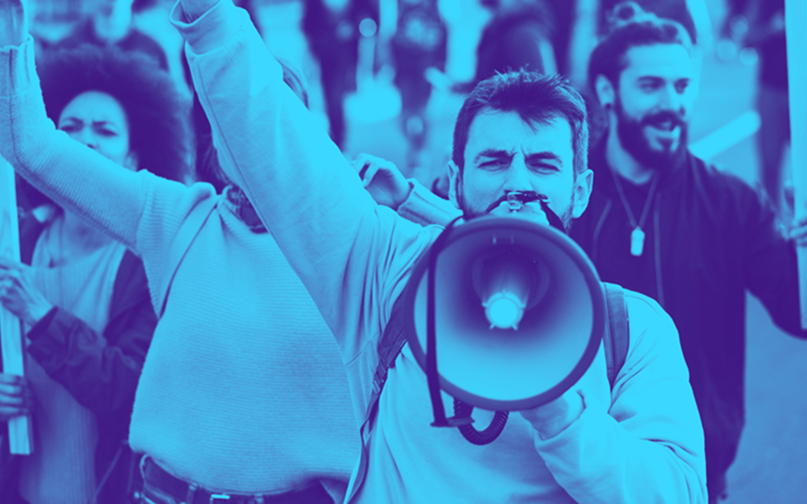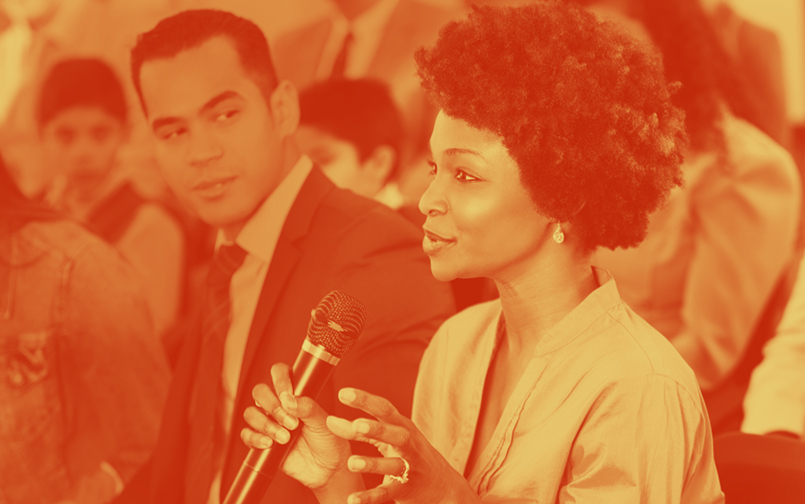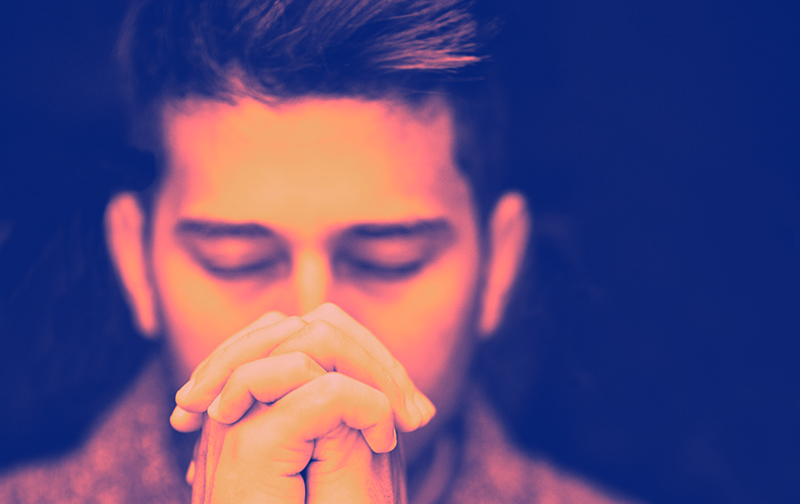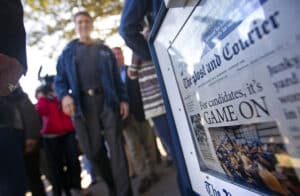LATEST
By The Associated Press, last updated on April 25, 2024
No, TikTok will not suddenly disappear from your phone. Nor will you go to jail if you continue using it after it is banned. After years of ...
FEATURES
PERSPECTIVE
Free Speech Center @ MTSU

FREEDOM
OF SPEECH
Protects the spoken word, the arts and media

FREEDOM
OF ASSEMBLY
Guarantees the right to gather in protest.

FREEDOM
OF PETITION
Ensures the right to lobby government for change

FREEDOM
OF THE Press
Protects the written word, literature and the news media.

FREEDOM
OF RELIGION
Allows us to worship as we wish and prevents government from establishing or endorsing a religion
How to contribute
The Free Speech Center operates with your generosity! Please donate now!


